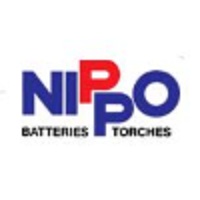
Indo National Ltd
Nippo today, is a household name in India. A name synonymous with batteries manufactured by Indo National Limited. Introducing the Nippo Home UPS, a fully automatic inverter that instantly switches on when the main power supply is switched off. Also presenting the next generation Nippo Tall Tubular Batteries, specially designed for Home UPS & Inverter solutions.